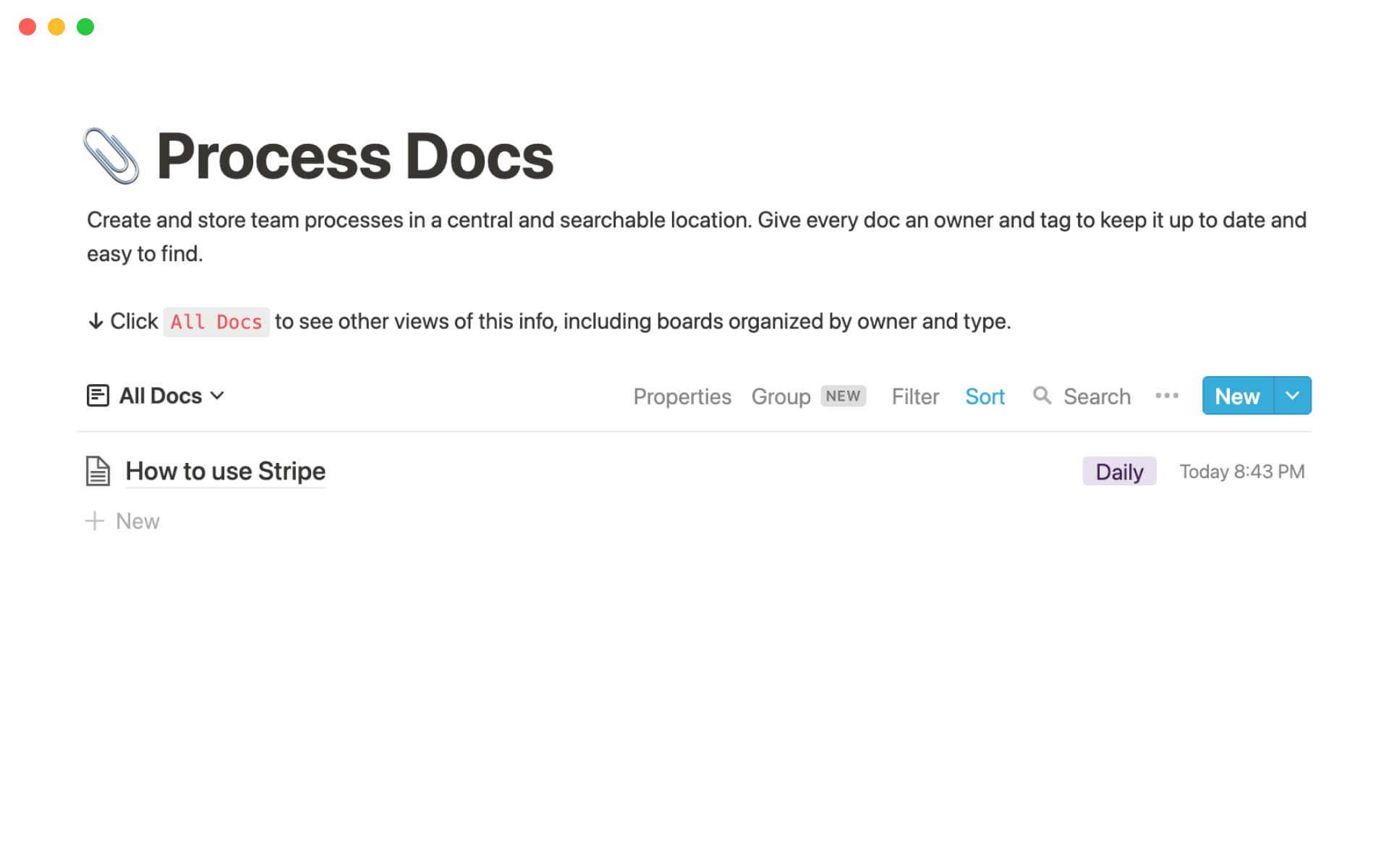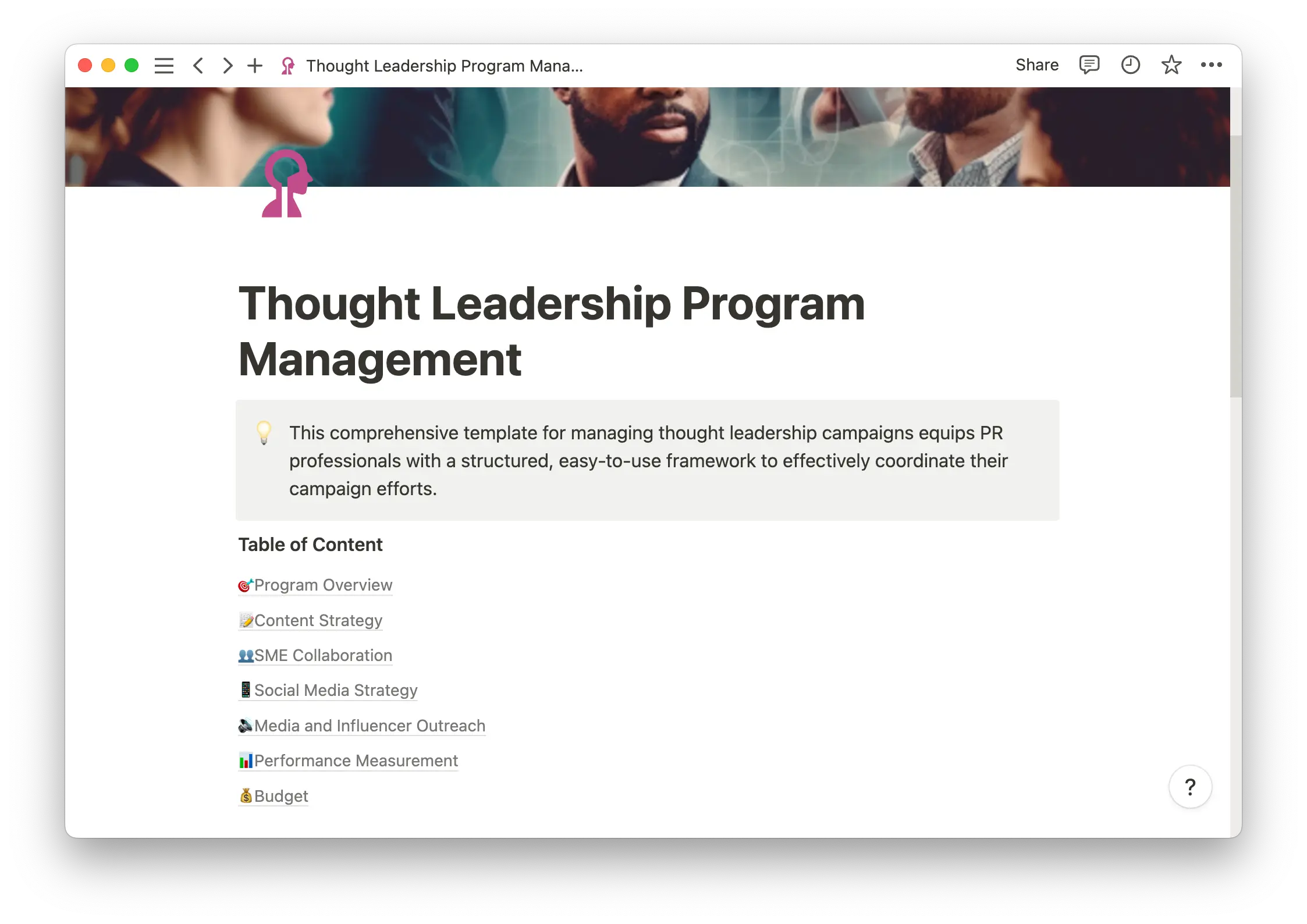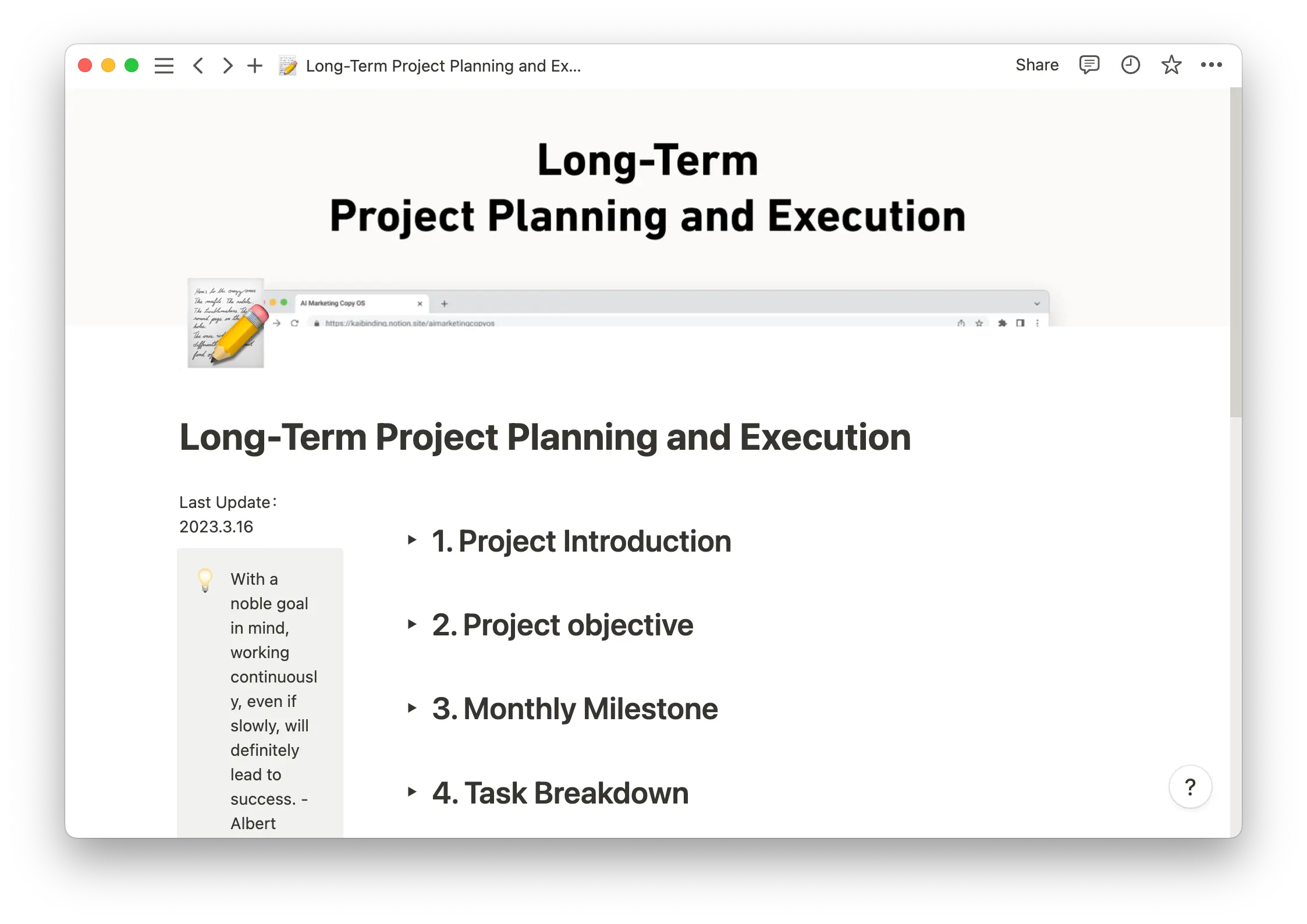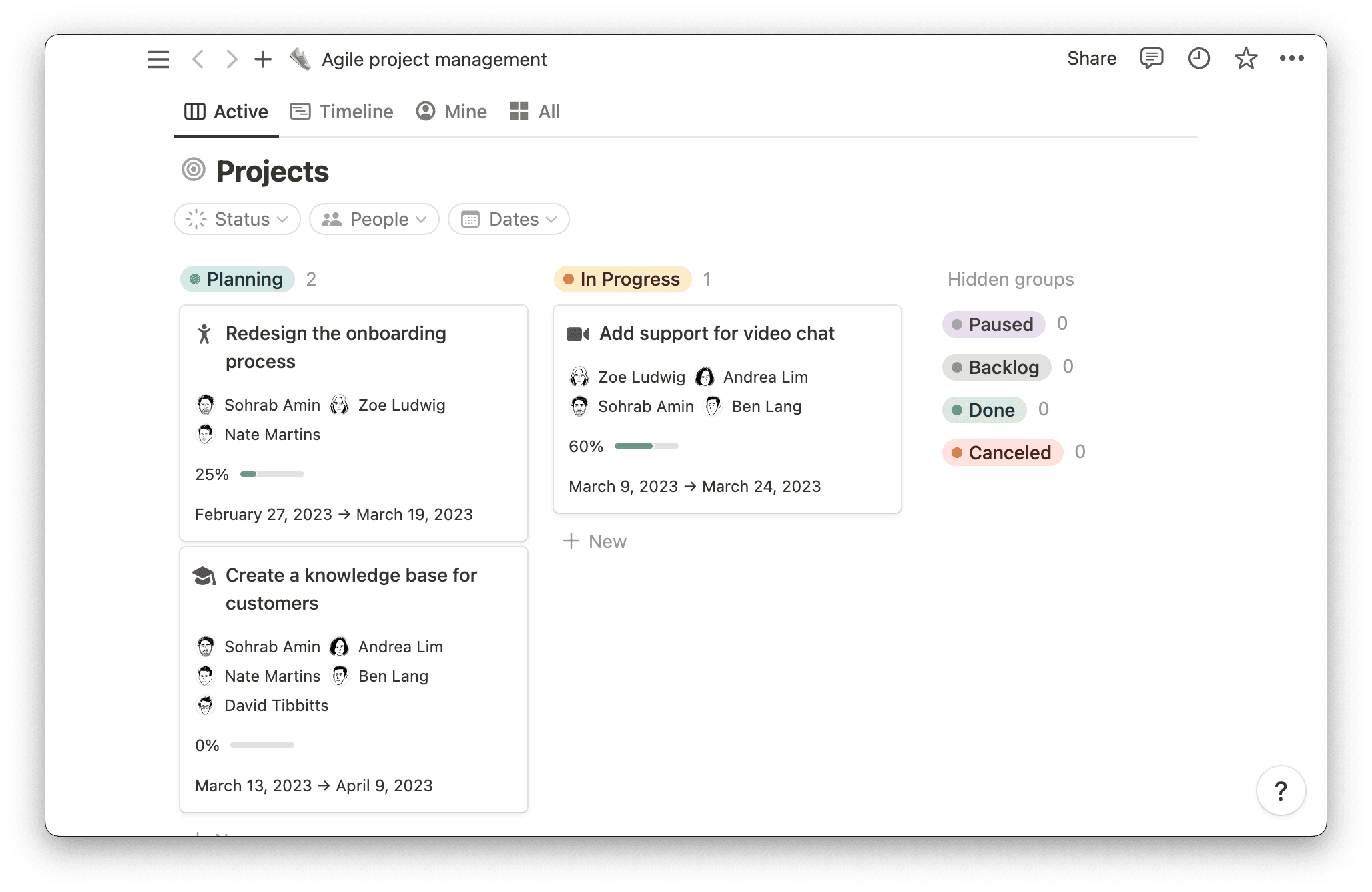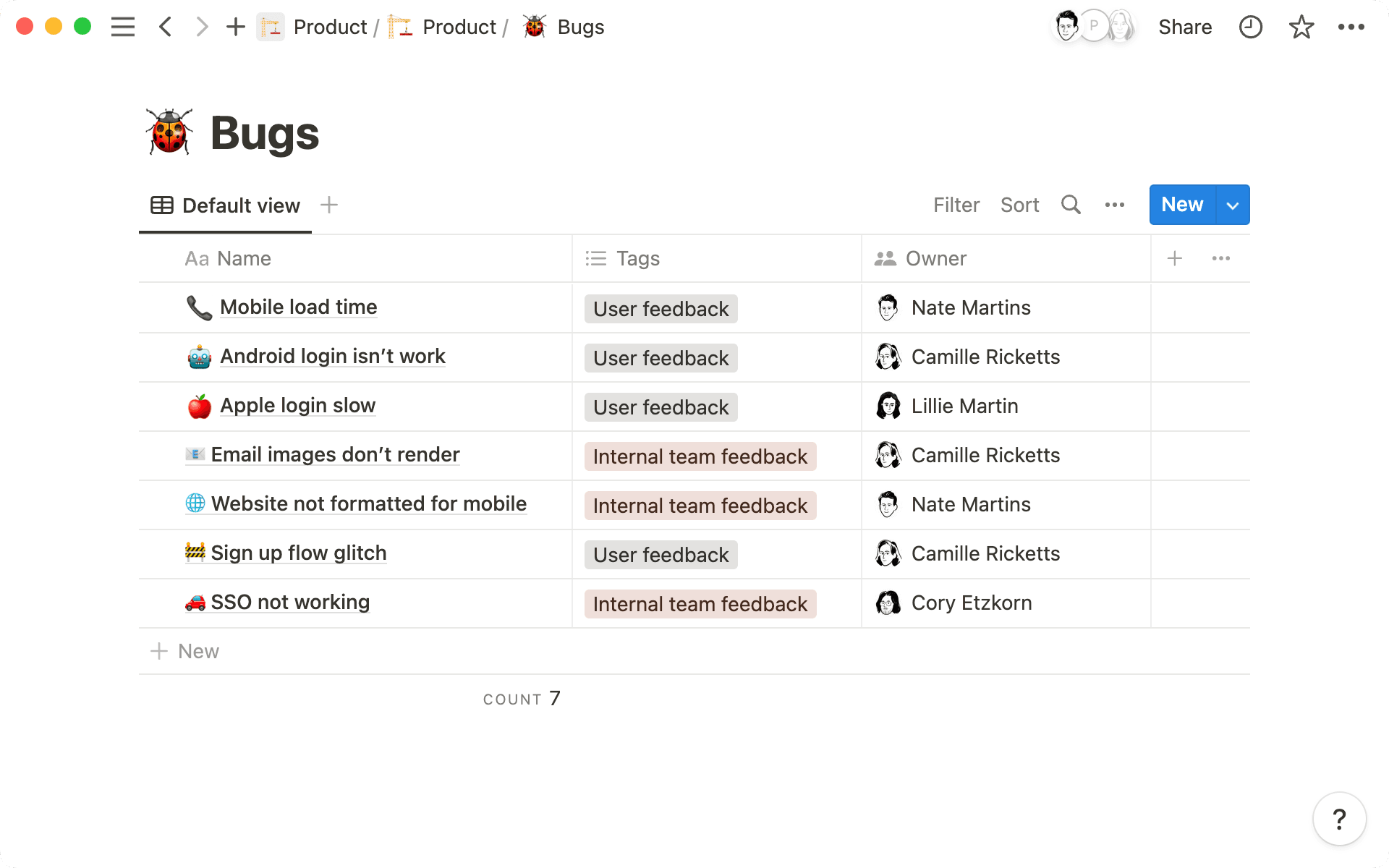As a project manager, you face the challenge of encouraging team members to work together on interconnected and simultaneous processes. Any mix-ups can cause delays, mistakes, and even project failure.
In your role, it’s critical to grasp how every project element links together. A big-picture view helps you spot potential conflicts, make informed decisions, and keep operations moving smoothly.
Systems thinking helps you observe factions of your team and their work as related segments, allowing you to develop new problem-solving methods, adjust to changes, and encourage members to assume accountability for their roles.
What’s systems thinking?
Systems thinking is a mindset centered around analyzing how pieces within a whole connect. This methodology helps teams understand complex systems where interactions are often as meaningful as individual components. Systems thinking shifts the focus from individual tasks or processes to the interconnectedness of all project matters, acknowledging that each element affects and is affected by others.
Central to the systems thinking model are the concepts of synthesis, feedback loops, and causality:
Synthesis involves observing the collective behaviors and properties that emerge from interactions, which you often can’t predict through analyzing each part in isolation.
Feedback loops recognize a system’s dynamic and often non-linear nature, where cause and effect are interdependent.
Causality considers the broader interactions contributing to the outcomes within the system.
Who uses systems thinking?
Managers apply systems thinking to operations in a wide range of industries. Here are five systems thinking examples that cross different sectors.
1. Sustainable energy sources
In sustainable energy, systems thinking involves understanding interactions between technology, the environment, and society. The systems thinking approach here is to avoid isolating energy production from its ecological consequences or societal impacts. Instead, you focus on the feedback loops between climate change, energy resource depletion, and societal energy demands. This framework helps you examine the exploration of renewable resources, efficiency in energy use, and long-term global effects of various energy strategies.
2. Digital currency
Systems thinking in digital currency encourages a comprehensive view that recognizes feedback loops, such as how regulatory decisions impact innovation or how the currency's adoption can affect market dynamics, acknowledging the complexity beyond merely the transactional nature of money.
3. Mobile devices
For mobile devices, you can apply systems thinking to evaluate factors like software development, user behavior, and environmental impact. You might consider how user feedback influences software updates, which in turn shape user interactions. Or you could seek to understand the device’s life cycle and its subsequent waste implications.
Thorough systems thinking in the technology space may necessitate a comprehensive design system that encompasses interconnected factors for creating user-friendly and sustainable products. And teams often use a document like Notion’s product management system template as a structured tool for tracking processes, tasks, and updates throughout product development.
4. Healthcare systems
Systems thinking in healthcare takes a holistic approach to patient care, considering the multiple factors contributing to health outcomes beyond individual treatment methods. It assesses components like policy, economic pressures, and patient lifestyles, analyzing how these factors fit together and revealing ways to improve cohesion and synchronicity.
5. Urban planning
Urban planners consider a city as an interconnected network. In a city, aspects like ticketing systems for public transportation play a pivotal role in the broader context of housing, economy, and the environment, directly influencing traffic congestion and residents' accessibility to amenities. Planners examine the feedback loops between these aspects, such as how inefficient public transportation affects traffic and subsequently impacts air quality. Or they may assess how green spaces in a city affect residents' mental health.
6 fundamental concepts of systems thinking
By grasping these six fundamental concepts, practitioners of systems thinking are better equipped to navigate the complexities of real-world problems.
1. Interrelationships
In systems thinking, interrelationships take precedence over isolated issues. Understanding the ties between elements within a system provides a more comprehensive view of an operation’s functioning and potential problems.
2. Holism (fusion)
Holism, or “fusion,” emphasizes synthesizing a system's parts as a unified whole. This concept suggests that you can’t determine or explain any system's collective properties and functions through the sum of its components alone.
3. Emergent phenomena
Emergence refers to the behaviors or properties that arise from complex interactions, indiscernible from the properties of individual parts. These phenomena are apparent only when elements interact in the broader whole. For example, the taste of sugar isn’t predictable from carbon, hydrogen, and oxygen's properties. Still, it emerges from their specific combination and bonding.
4. Looping feedback mechanisms
Systems are dynamic and often embody feedback loops, where an output may influence the system's input, leading to altered results. Looping feedback mechanisms can be positive (amplifying, leading to growth or decline) or negative (balancing, stabilizing the system), and they contribute significantly to the often non-linear behavior within complex systems.
5. Cause and effect
In systems thinking, cause and effect are part of a complex web of interactions. The relationship is often distant or delayed in time, making it challenging to understand the system's structure and the multiple interactions within.
6. Diagramming systems (systems mapping)
Diagrams or maps highlight a system's relationships and feedback loops. By mapping out components and their connections, project managers can more readily identify how changes in one element might affect others, revealing leverage points for addressing systemic challenges.
How to apply systems thinking in your workplace
Here are a few practical steps to embed systems thinking within your team or organization.
Hold a team meeting
Initiate the shift toward systems thinking by organizing a dedicated meeting or workshop introducing your team to the fundamental concepts. Discuss the interconnectedness of your organization's departments, functions, and roles and how decisions in one area impact others. Creating a shared understanding of systems thinking principles sets the foundation for their application in everyday scenarios and long-term strategies.
Collaboratively tackle an issue in real time
Next, select a current challenge within your organization and invite your team to approach it from a systems thinking perspective. Ask them to identify various issue elements, the interrelationships, and potential feedback loops, employing systems for organizational learning that promote collective insight and adaptive responses.
Share the resolution process of a recent problem
Present a recent organizational challenge and the steps you took to resolve it through a systems lens so team members can see the theory applied practically. Highlight how considering interdependencies and broader impacts led to more sustainable solutions.
Assign reading material on systems thinking
Support your team's learning journey by providing resources through a knowledge management system that centralizes principles, case studies, and insights on systems thinking, facilitating easy access and collaborative learning. Select accessible reading materials (articles, case studies, or book chapters) relevant to your industry or your organization's specific challenges.
Seek input during the learning process
As your team acclimates to systems thinking, create channels for them to express their insights, struggles, and suggestions about applying the new mindset.
For startups implementing systems thinking, Notion’s entrepreneurial operating system template offers a straightforward way to test run an entrepreneurial operating system (EOS) without a heavy upfront commitment.

Embracing systems thinking with Notion
Systems thinking requires a multifaceted approach to project management and business processes. Notion helps by providing structured templates to set up your operations. Try the design system template and design system documentation to document design patterns, assets, and brand materials. And sign up for Notion to access many other templates that’ll enhance your systems-thinking approach to project management.

